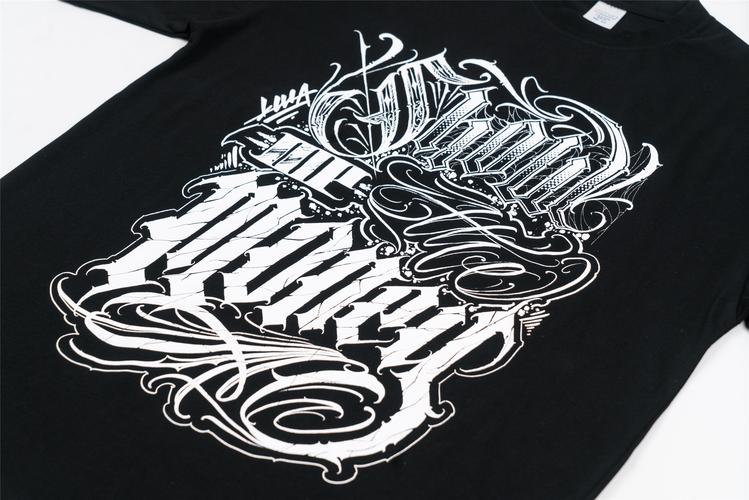The techniques for identifying fabric texture mainly include the following key points:
1. Visual observation: Make a preliminary judgment by observing the appearance characteristics of the fabric with the naked eye. Generally speaking, the texture of fabric can be divided into plain weave, twill weave, stripe, plaid, etc. Plain weave means that the yarns are arranged in a horizontal and vertical interweaving form, showing a uniform straight grain effect; twill means that the yarns are interwoven at a 45-degree angle or other specific angles to form a diagonal effect; stripes refer to the pattern on the fabric Showing parallel striped textures; lattice refers to showing a grid-like texture.
2. Tactile feeling: Feel the texture and feel of the texture by touching the surface of the fabric. Fabrics with different textures have different tactility. For example, plain fabrics are usually smooth and soft, twill fabrics have a certain degree of elasticity and stretch, and striped fabrics have obvious protrusions.
3. Tensile test: For some textiles, a tensile test can be performed to check for changes in texture. By stretching the fabric lengthwise and crosswise, watch to see if the texture deforms or twists. When plain fabric is stretched horizontally or vertically, it basically does not deform much; while when twill fabric is stretched horizontally or vertically, its diagonal texture will show deformation or distortion.
4. Yarn structure: More texture information can be obtained by observing the yarn structure of the fabric. The thickness, interweaving method and linear density of the yarn can affect the texture effect of the fabric. For example, the thickness and interweaving of yarns play a role in the definition and raised feel of the texture.
Through the application of the above techniques, the texture classification of fabrics can be judged more accurately, helping to select suitable fabrics for clothing production or other uses. Of course, this requires some basic knowledge and experience with textiles.







